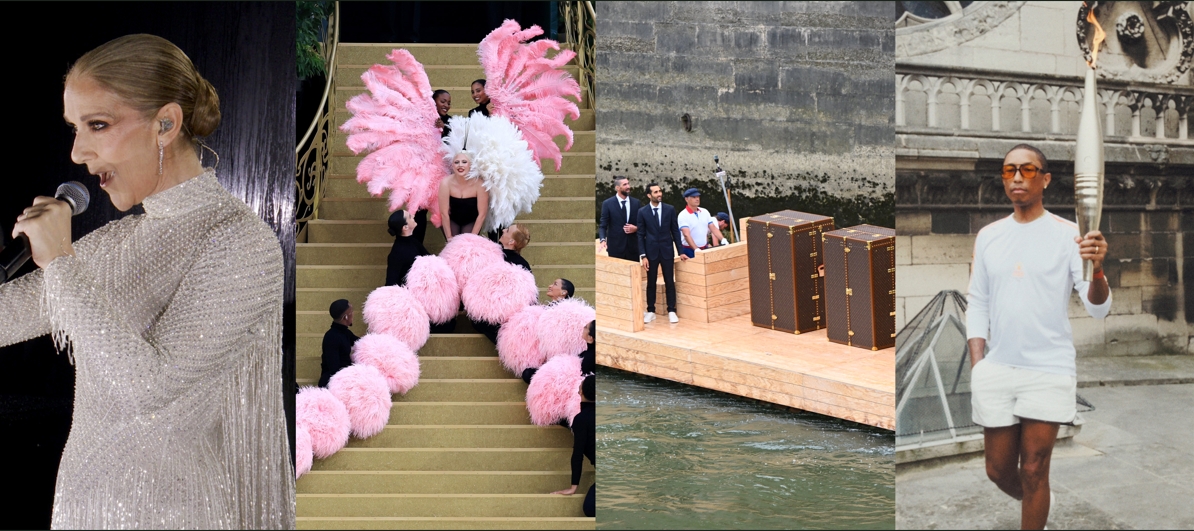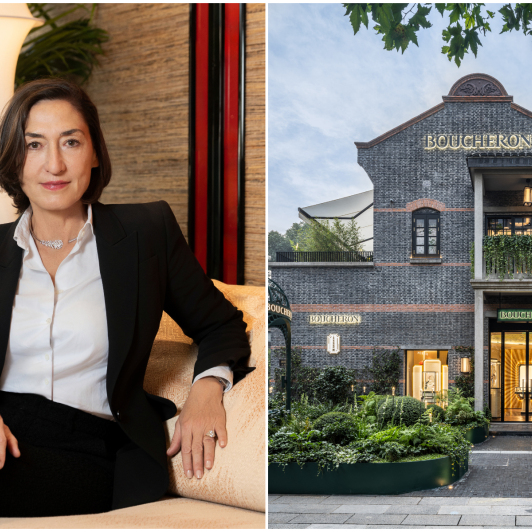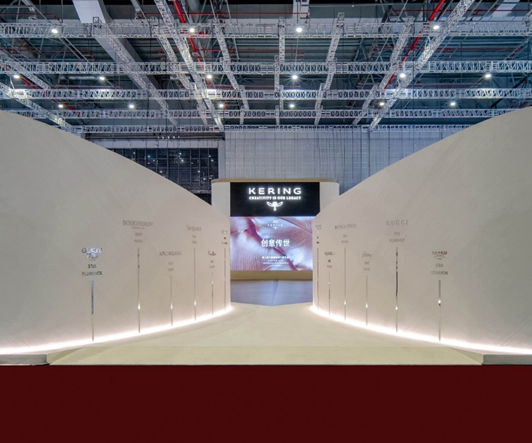With the Olympics approaching, luxury brands and outdoor sports brands are standing in the same “arena”!
Typically, major sports brands vie for sponsorships in such top-tier events. However, at this Olympics, with LVMH Group as the “senior sponsor,” Berluti has designed the opening ceremony uniforms for the French Olympic team, and Hermès and Chanel are involved in clothing and equipment sponsorships.
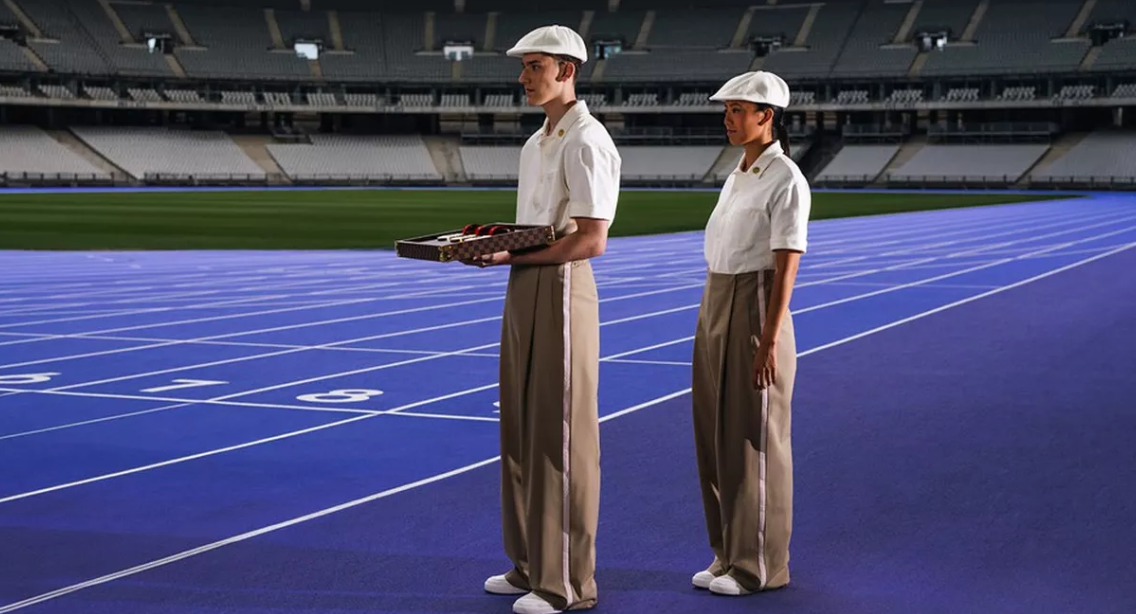
Image Above: The LVMH Group has provided 600 sets of outfits for 515 volunteers at the Olympics and Paralympics award ceremonies. Volunteers will present medals to winning athletes using trays made by Louis Vuitton.
With the rise of the sports outdoor trend, particularly the enthusiasm of local high-end consumers for sports outdoor brands, luxury and high-end sports outdoor brands are beginning to “compete” for the same core customer base.
In this sports-dominated year, the relationship between luxury brands and outdoor sports brands has reached an unprecedented new stage, where they both compete and cooperate.
How do luxury brands cleverly utilize the sports craze to “divert traffic” to themselves? How will they balance their delicate relationship with sports brands?
Launching Sports Products to Reach New Target Audiences
The outdoor sports craze has a lasting and profound impact on fashion consumption.
From young consumers to middle-class elites, more and more people seek a sense of spiritual freedom and escape through outdoor sports and a sense of “show-off” or “self-reward” through outdoor sports consumption. In the past, luxury goods were the primary source of such consumer emotions.
The sports craze not only promotes a lifestyle shift but also attracts and distracts consumers’ attention. Luxury brands have long captured this change and started to layout accordingly.
Since 2021, co-brand collaborations between luxury brands and outdoor sports brands have become common. Loewe’s collaboration with On is one of the popular and enduring combinations. Their first collaboration was in 2022, and the fifth series was released in May this year.
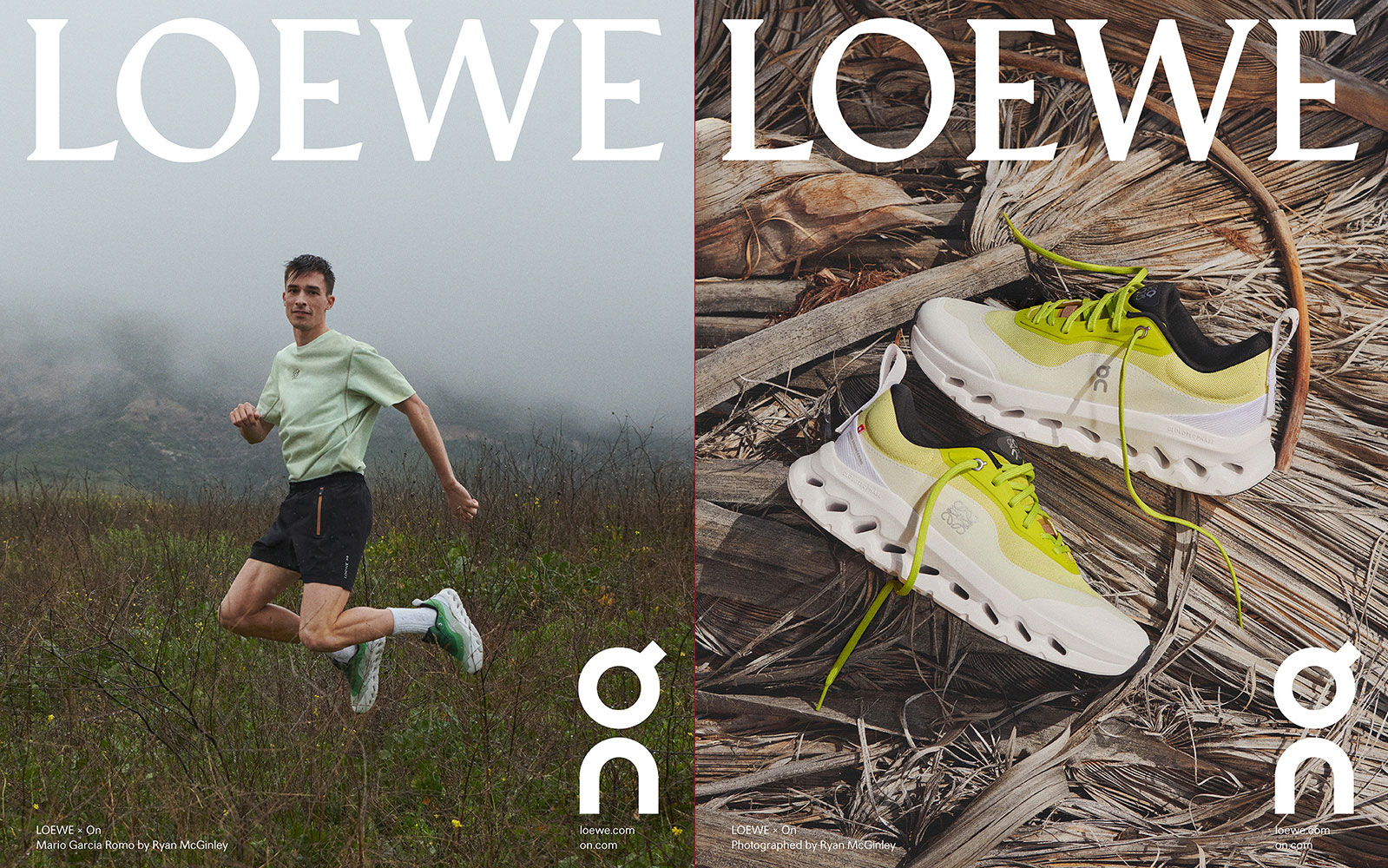
On is renowned for its professional running products, while Loewe mainly attracts Chinese consumers with its elegant and minimalist handbags. In their joint products, Loewe leveraged On’s professional sports endorsement with advertisements featuring professional athletes to highlight the products’ technical and performance aspects.
For Loewe, partnering with a professional sports brand helped it reach more young consumers interested in high-performance sports products, breaking its established user circle. For example, data from Tencent Marketing Solutions shows that Loewe increased the proportion of male users from 35% to 45% through crowd insights and combined advertising around the collaboration event on platforms like WeChat.

Commercial success is also an essential premise for continuous cooperation. In this latest collaboration, Loewe increased the proportion of its core customer group (aged 25-39) by 8 percentage points, boosting the GMV of the mini-program collection by more than 30% year over year.
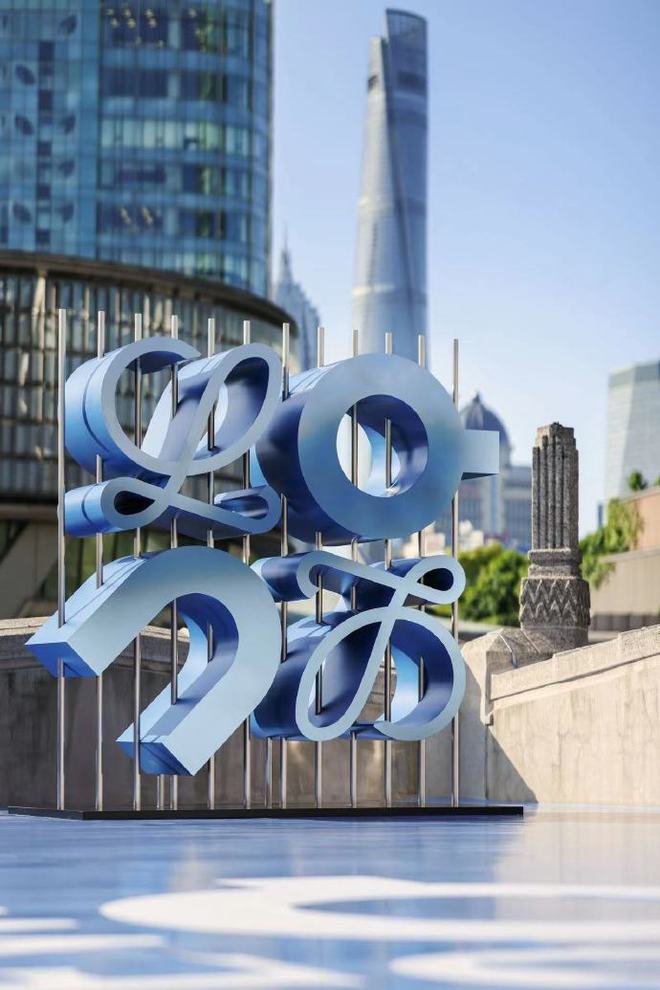
Image Above: In the latest cooperation, Loewe recreated its classic logo, incorporating On’s iconic switch symbol. It also opened limited pop-up stores in Shanghai IAPM and Chengdu SKP for the Loewe × On collaboration.
Besides collaborations, luxury brands have also started to participate in planning products for specific sports fields to serve the sports life scenarios of high-end consumers.
Last month, LVMH Group’s top Italian luxury cashmere brand, Loro Piana, launched a practical and functional “Into the Wild” collection for men and women and set up a limited-time experience store at the Ritz-Carlton Hidden Hotel in Jiuzhaigou, Si Chuan.
LVMH Group recently released its first-half results for 2024, with CFO Jean-Jacques Guiony particularly recommending: “For customers unwilling to compromise on comfort and elegance, I suggest exploring Loro Piana’s Into the Wild series designed for outdoor sports.”

Image Above: Loro Piana’s “Into The Wild” collection
Louis Vuitton launched golf bags and hard cases last year, and this year, it included golf equipment in its collaboration series with musician and brand friend Tyler the Creator; Dior and Balenciaga released a ski limited series; Brunello Cucinelli and Gucci launched a tennis capsule series…
Kiki Fan, General Manager of Sales and Operations for Tencent Marketing Solutions, analyzed in a media interview: Luxury brands seeking to break the circle is a trend-driven move, reflecting the changes in young consumers whose luxury consumption psychology has shifted from admiration to considering lifestyle and personal taste.
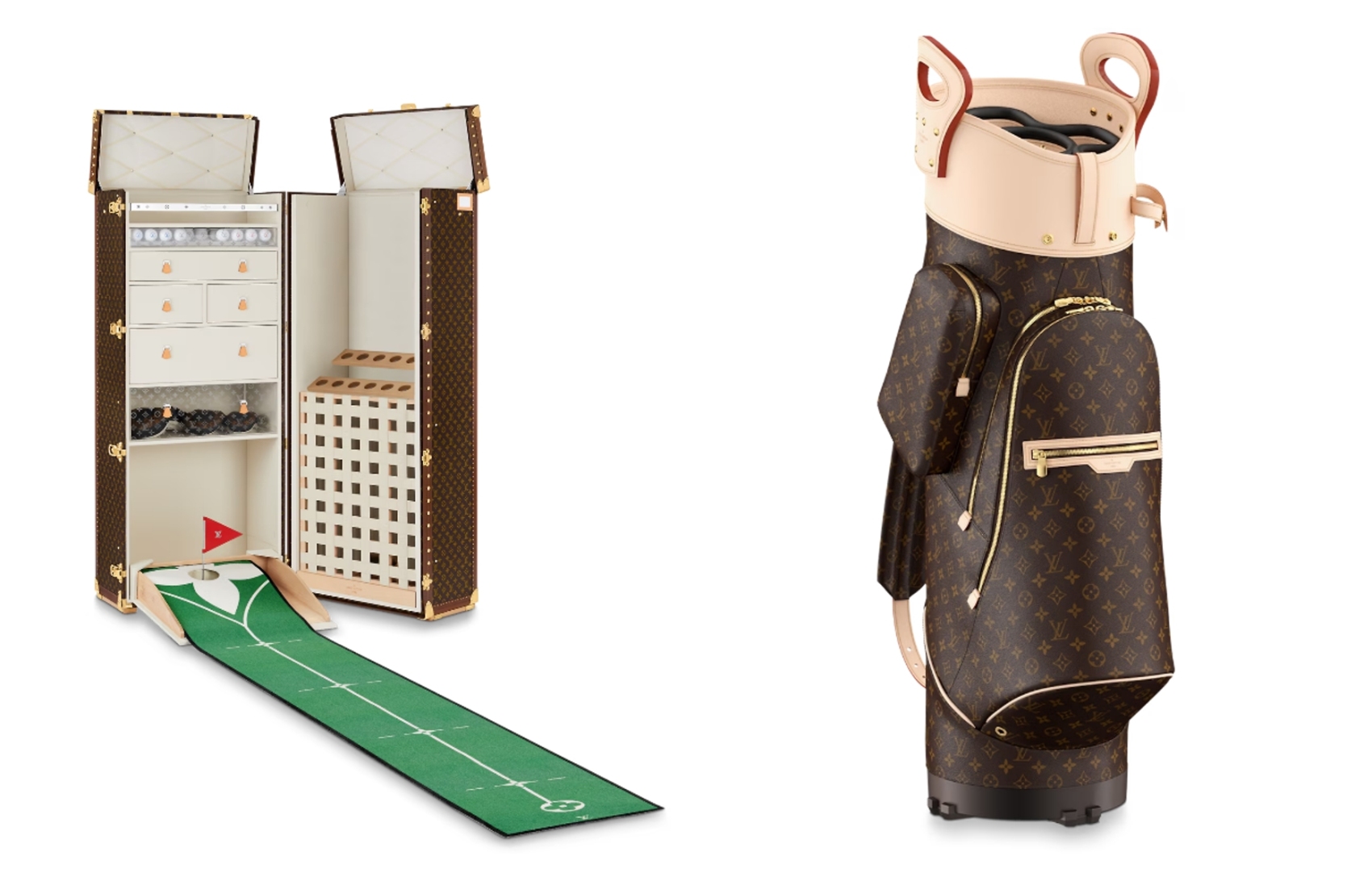
Image Above: Louis Vuitton’s golf bag and hard case
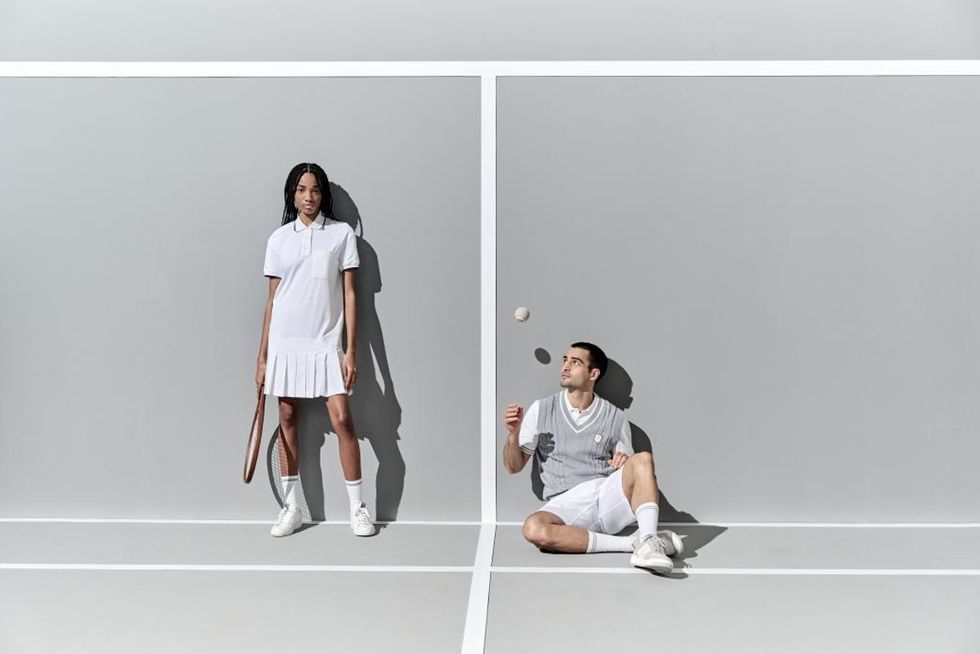
Image Above: Brunello Cucinelli tennis capsule collection
Entering the Sports Arena to Boost Brand Power
At this Olympics, LVMH Group is making an all-out effort:
Berluti is providing uniforms for the French Olympic team; Louis Vuitton is producing the medal and torch relay luggage; Chaumet will make medals; Moët Hennessy will provide wine and champagne for the Olympic reception area; Berluti, Louis Vuitton, Dior, Guerlain, and other brands will also hold a series of sports-themed art events in Paris during the Olympics and Paralympics.
In terms of marketing, Dior has announced 18 athletes as brand ambassadors since the beginning of this year, covering fencing, judo, swimming, surfing, football, boxing, skateboarding, sprinting, gymnastics, and other sports. Additionally, Chinese table tennis player Chen Meng and swimmer Zhang Yufei have become Dior’s Chinese brand friends.
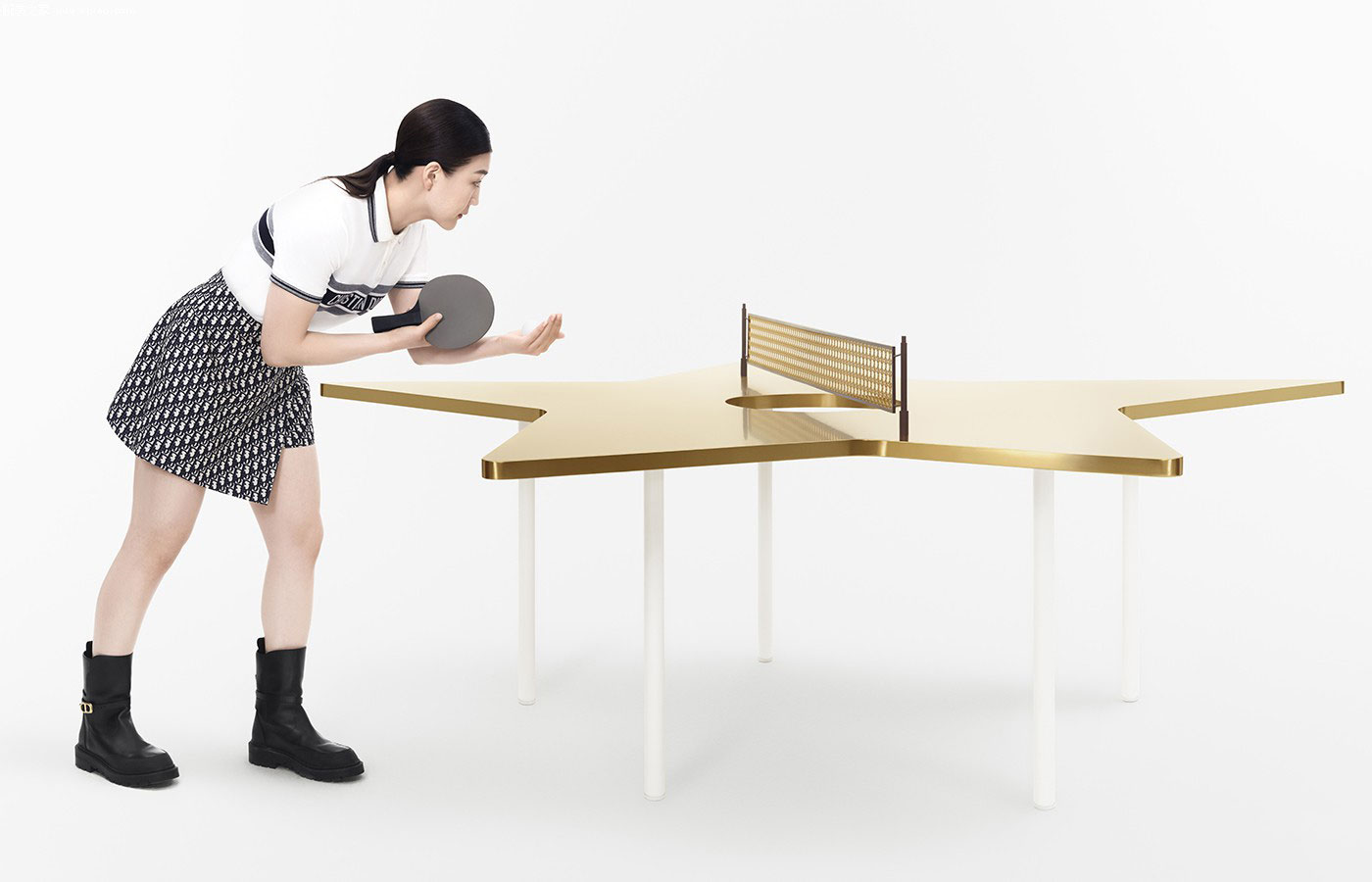
Image Above: Dior’s Chinese brand friend—table tennis player Chen Meng.
Louis Vuitton also announced four French athletes as brand ambassadors, from swimming, basketball, athletics, and rugby. In May, Louis Vuitton released its latest Core Values advertising special featuring the rare appearance of two tennis legends: Roger Federer and Rafael Nadal.
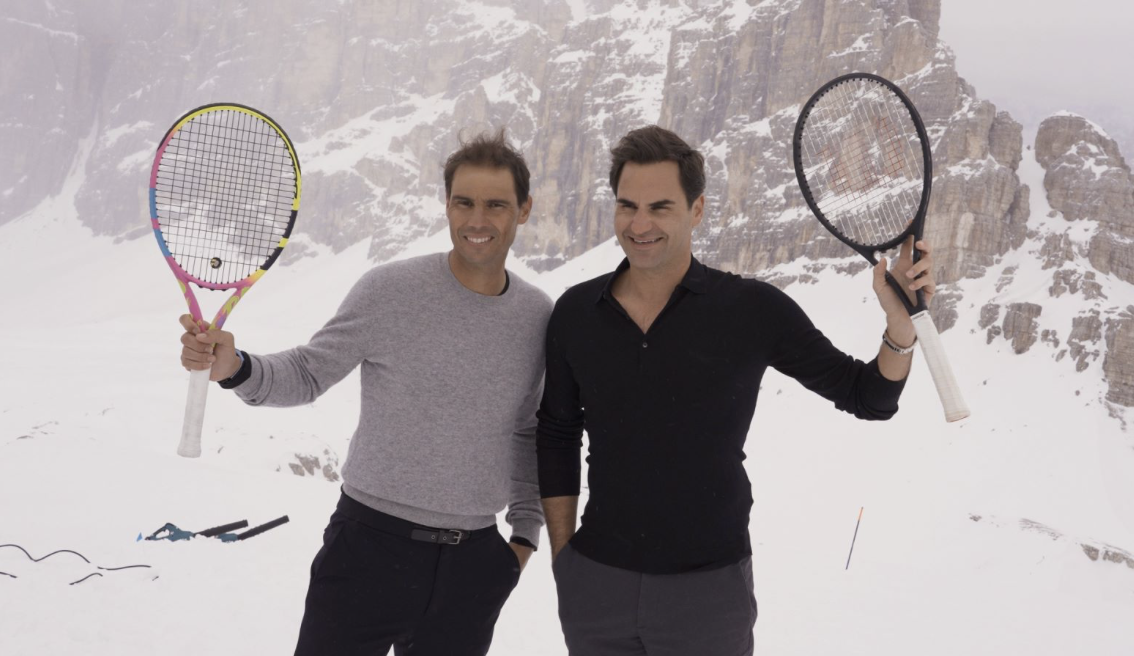
Image Above: Federer and Nadal appear in Louis Vuitton’s latest Core Values advertising
Sports embody the eternal pursuit of excellence and self-transcendence, and the passion on the field can transcend language and cultural barriers, greatly resonating with global audiences. This is especially true for the Olympics, the pinnacle of sports events every four years. This is why luxury brands invest heavily in the sports arena. Their goal is not short-term commercial returns but to pursue long-term influence enhancement.
LVMH Group invested 150 million euros in this Olympics. Antoine Arnault, the eldest son of LVMH Group’s Chairman and head of the image and environment department, stated to the media: “Besides helping this Olympics and Paralympics succeed at our level, we do not expect any returns from these investments. Cooperation with the Olympics is not for LVMH’s publicity but to highlight our brands’ expertise and creative expression.”
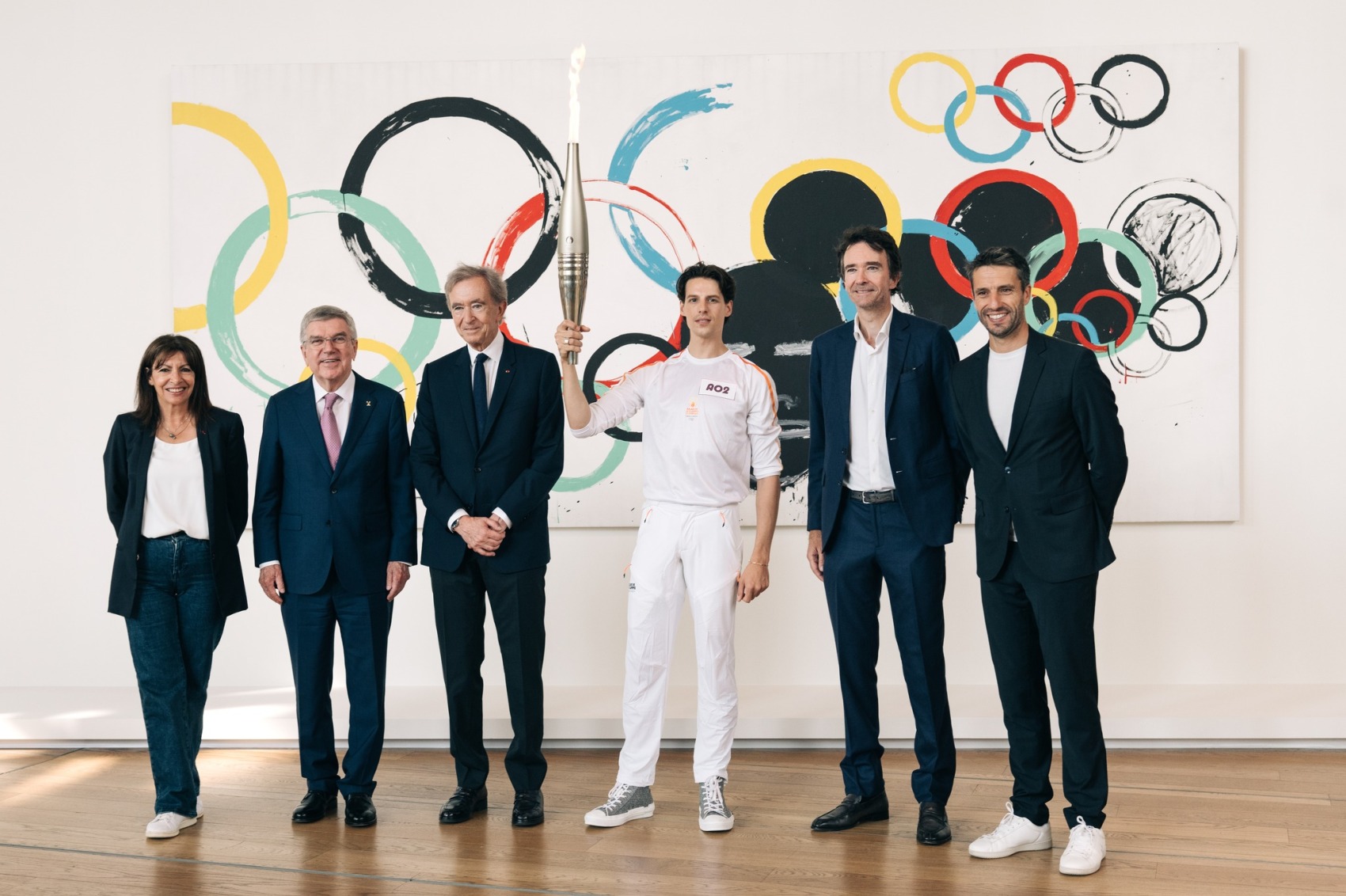
Image Above: LVMH Group participates in the Olympic torch relay.
For luxury brands, the sports arena is both a testament to brand power and a carrier of brand values.
Veronique Yang, managing director and senior partner at Boston Consulting Group (BCG), stated in a media interview that the Olympics is a vibrant stage that provides many opportunities for brands to break the circle and connect. Consumers frequently express their expectations for brand vitality in BCG surveys, looking for connections with current trends (such as sports and experiences) and whether the brand leads in aesthetics and quality of life are sources of brand power.
Brand Power is the new competitiveness.
Recently, Luxe.CO released the 2024 H1 “China Luxury Brands Power Ranking,” presenting the brand activities of major luxury brands in the Chinese market over the past six months and showing the investment and activity levels of luxury brands in the Chinese market. Louis Vuitton (No.1), Loewe (No.2), and Dior (No.5) ranked in the top five of the list.
As Veronique Yang said: “Brand Power is not simply about the buzz around the brand, but more so about what ‘s happening on a deeper, subtler level.” This aligns with Luxe.CO’s observation of the “China Luxury Brands Power Ranking”: By analyzing the commercial dynamics of the past six months, we see that whether it is brand sponsorship cooperation, large-scale events, content marketing themes, or the choice of endorsers, it is no longer just about noise but more about conveying a sense of timeless history and humanity.
Recognizing the Hidden Crisis Under the Outdoor Sports Craze
Data from Tencent Marketing Solutions indicates that the “luxury goods opportunity group penetration rate” of some high-end sportswear brands has increased from 31% in the second half of 2023 to 40% in the first half of this year.

This once again proves that high-end outdoor sports brands are indeed influencing the user base of luxury brands, and there is hidden competition behind their cooperation.
The upward movement of outdoor sports brands is no longer new. Since Arc’teryx proposed the “luxury sports” concept in 2021, the high-end strategy of outdoor sports brands has begun to show.
Arc’teryx’s high-end business series Veilance is considered an important segment for the brand to open the door to the luxury goods market. Launched in 2009, Veilance built its reputation through global high-end buyer stores and expanded to women’s collection in 2021, including minimalist dresses and formal wear. For example, dresses are priced as high as RMB 5,000 yuan.
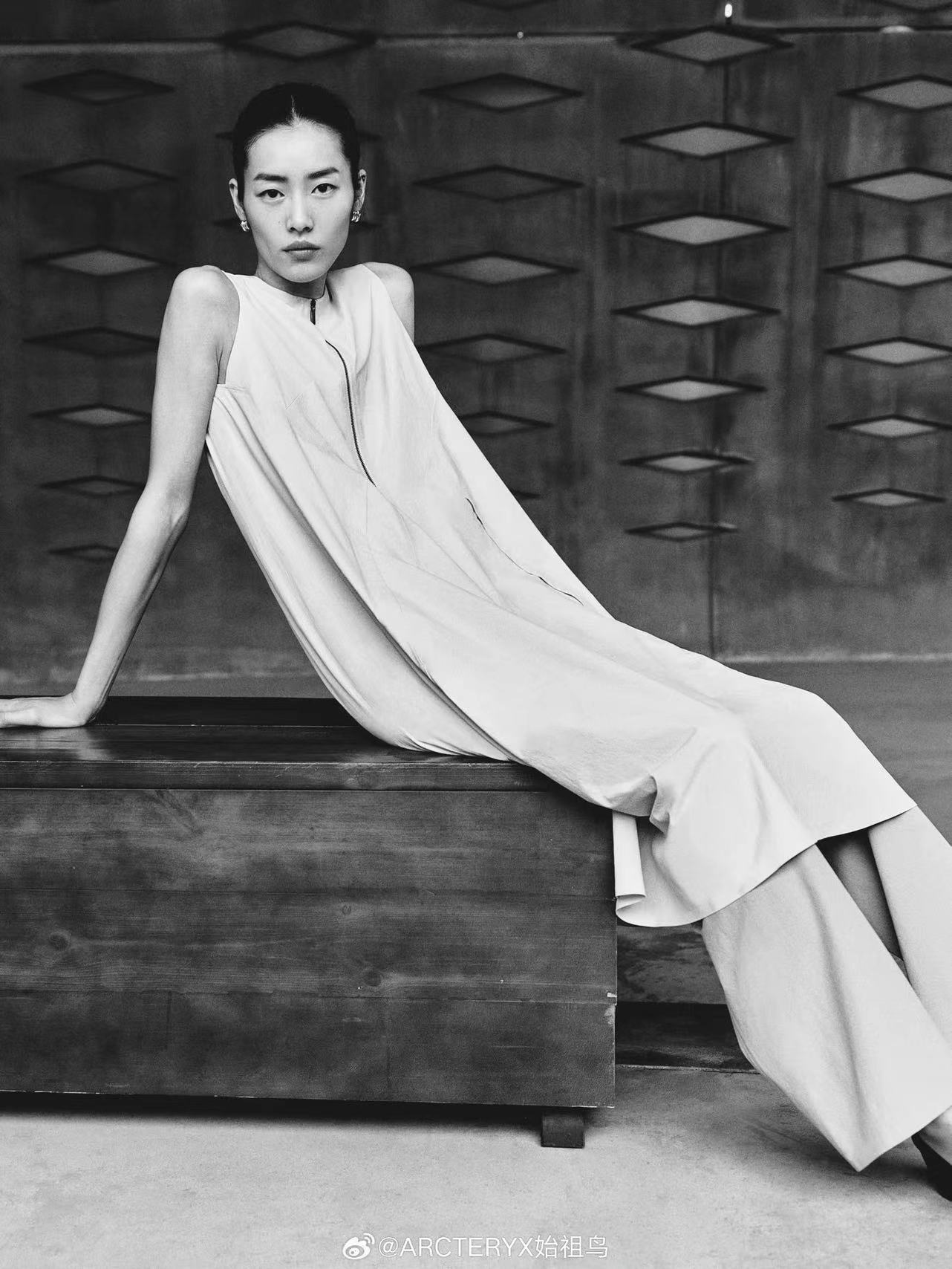
Image Above: Arc’teryx’s first global brand ambassador, Liu Wen, wearing the Veilance dress.
Some sports brands have begun to emulate Arc’teryx’s strategy, conducting refined operations similar to those of luxury brands.
For example, in May this year, FILA Golf, a high-end golf sub-brand under the Anta Group’s FILA brand, held a show at a French castle, releasing a joint series with the Palace of Versailles. At the same time, a Palace of Versailles-themed pop-up store was opened in Beijing’s Sanlitun, integrating the artistic Baroque style with the image of golf.
Previously, FILA’s Vice President of Marketing for Greater China, Rui Shi, emphasized the goal of “brand upward” in an interview with Luxe.CO. This year, FILA proposed a new brand concept of sports aesthetics: “Make Performance Beautiful.”
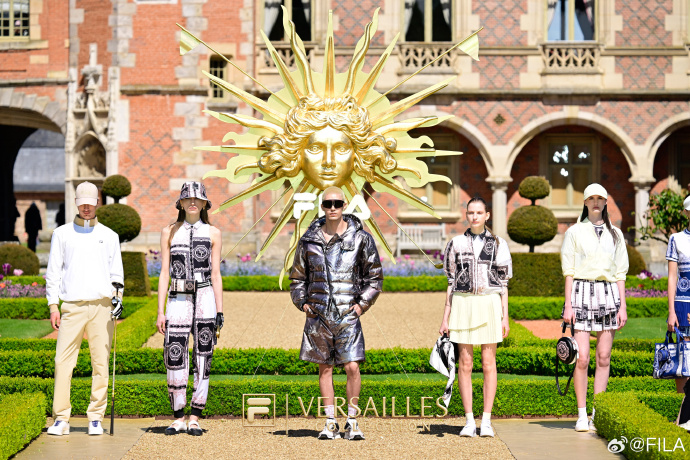
Image Above: FILA held the “FILA GOLF Versailles Show” in April this year at the Menton Castle Golf Course in France.
In terms of store channels, more and more sports brands are opening stores in high-end business circles where luxury brands gather and upgrade high-standard flagship stores.
At the beginning of this year, Arc’teryx opened the world’s largest original ecological experience flagship store—Arc’teryx Museum—on West Nanjing Road in Shanghai. This flagship store has four floors with an area of about 2,400 square meters.
James Zheng, CEO of Arc’teryx’s parent company, Amer Sports, said: “This flagship store represents the brand’s highest level of retail format and has caused a huge sensation in the market. The store’s first-year revenue is expected to exceed $20 million.”
Arc’teryx continues to refresh store specifications in China, including the 700-square-meter Alpha Center, which opened in Shanghai in 2020, and the destination store, which opened at an altitude of over 3,000 meters at the Songtsam Linka Shangri-La Hotel in Yunnan in 2022.

Image Above: the Arc’teryx Museum
Last December, The North Face opened a ski pop-up race in Shanghai Zhangyuan, which is also a temporary space for luxury brands such as Louis Vuitton, Dior, and Vacheron Constantin.
In China, most sports brands have completed coverage of the mass market, and now, they are all taking “high-end” as the next growth breakthrough.
Under the outdoor sports craze, high-end sports outdoor brands have successfully positioned themselves as lifestyle brands through careful brand building and marketing strategies rather than just sports equipment suppliers. They not only strive to meet consumers’ needs for high-performance equipment but also tell stories and convey values that attract high-quality customers seeking deep experiences.
In China, a market full of opportunities and challenges, luxury brands face particularly intense cross-category competition.
Always eager for the young consumer group, luxury brands must take more proactive marketing actions and explore transformation and innovation to strengthen their competitive advantage.
As LVMH CFO Jean-Jacques Guiony emphasized in a recent conference call: “Brands that have invested less in marketing in China in recent quarters have been penalized more than other brands. Consumer response to marketing stimuli in China remains quite important.”
After enjoying the commercial dividends and cultural charm brought by sports and outdoor activities, luxury brands must re-examine their appeal to high-quality consumers. Building a differentiated barrier advantage based on the layout of outdoor sports culture will be a key issue that luxury brands need to consider in the future!
| Image Credit: the above brands’ press releases
| Editor: Zhu Ruoyu

